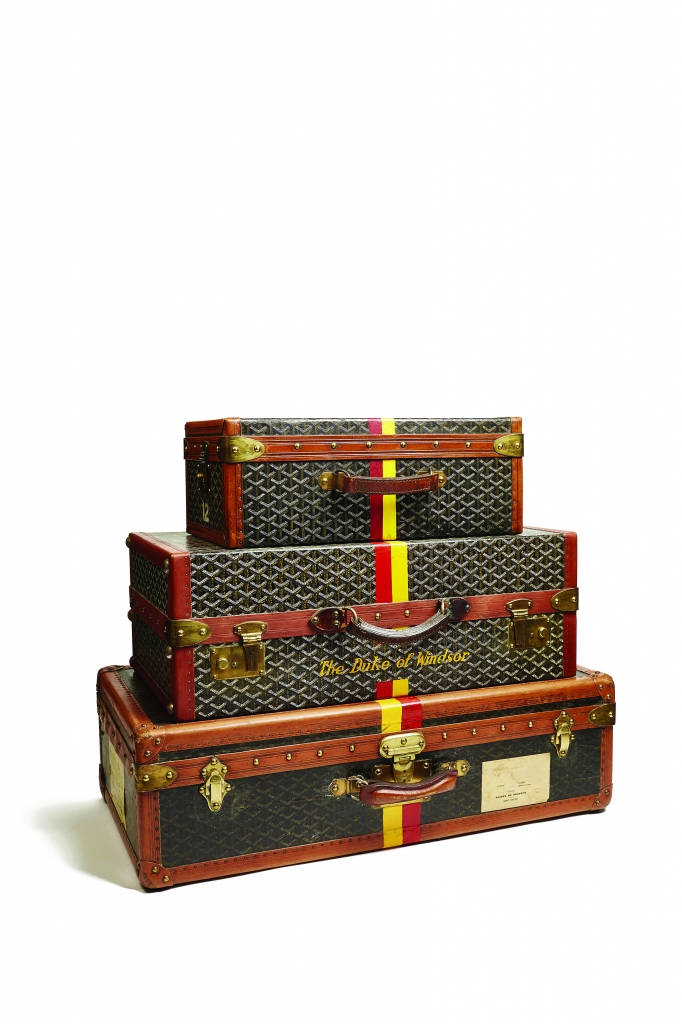Ocean Liners: Speed & Style
In February 2018, the V&A will re-imagine the golden age of ocean travel with the major new exhibition, Ocean Liners: Speed & Style, sponsored by Viking Cruises.Co-organised by the V&A in London and the Peabody Essex Museum in Salem, Massachusetts, it is the first ever exhibition to explore the design and cultural impact of the ocean liner on an international scale. It will explore all aspects of ship design from ground-breaking engineering, architecture and interiors to the fashion and lifestyle aboard.
Ocean Liners: Speed & Style will showcase over 250 objects, including paintings, sculpture, and ship models, alongside objects from shipyards, wall panels, furniture, fashion, textiles, photographs, posters and film. It will display objects never-before-seen in Europe, and reunite objects not seen together since on-board these spectacular vessels, which revolutionised ocean travel from the mid-19th century to the late 20th century.
Constructed at John Brown & Co. on Clydebank and launched in 1930, the Empress of Britain was the fastest and most luxurious ship of her time operating between Britain and Canada. This poster advertising Canadian Pacific Railways’ liner demonstrates how companies diversified transport networks and developed the seamless experience of modern travel.
The imposing view of a looming hull in movement with its trailing smoke dramatises the sense of scale and speed. The extreme stylisation is typical of Art Deco.
Arts and Crafts ceramicist William De Morgan designed these glazed tiles for the saloon of the Sutlej, a P&O liner serving India and the Far East. By the end of the 19th century, De Morgan had been commissioned to design tiles for 12 P&O ships. This was a time when the interiors of ocean liners underwent dramatic change as shipping lines began to employ trained architects and renowned designers to create liners’ interiors, in a bid to attract passengers. De Morgan’s colourful tiles were inspired by Iznik ceramics from the sixteenth-century Ottoman Empire, which he encountered at the South Kensington Museum (today the V&A). Such exotic sources were both fashionable and evoked P&O’s destinations. De Morgan’s designs for tile panels for the P&O ships are today in the V&A collection.
Normandie was the greatest French liner ever built and came to represent the pinnacle of the French Art Deco style. The spectacular 140 metre long Grand Salon, built along the central axis of the ship, emulated the splendour of the Galerie des Glaces in Versailles and was decorated with a giant glass mural of over 400 square metres of panels. Designed by the artist from Bordeaux, Jean Dupas, it presented the History of Navigation, and was executed in predominantly gold and black verre églomisé (reverse painted mirrored glass).
After Edward VIII abdicated to marry American divorcee, Wallis Simpson, the elegant couple frequently travelled on liners between their adoptive home in France and the United States. The Duke and Duchess of Windsor each owned a set of luggage purchased from the exclusive Maison Goyard, founded in Paris in 1853. They travelled with astonishing quantities of luggage and once boarded the SS United States with 100 pieces. The Duke’s was personalised with his title and yellow and red stripes. These Goyard suitcases have not been seen in Europe since they were acquired from the Windsor Estate.
The German born actress, Marlene Dietrich, was one of the famous stars of the age and frequently crossed the Atlantic on liners. She was seen wearing this Dior ‘new look’ suit on 21 December 1950 arriving in New York on board Queen Elizabeth. Liner companies were quick to publicise stars travelling on board, and Dietrich was often photographed wearing the very latest fashions. She was also photographed on Normandie in 1938 wearing Elsa Schiaparelli’s famous Zodiac suit of that year.
Foto: © Victoria and Albert Museum, London
 The international Art Magazine
The international Art Magazine



